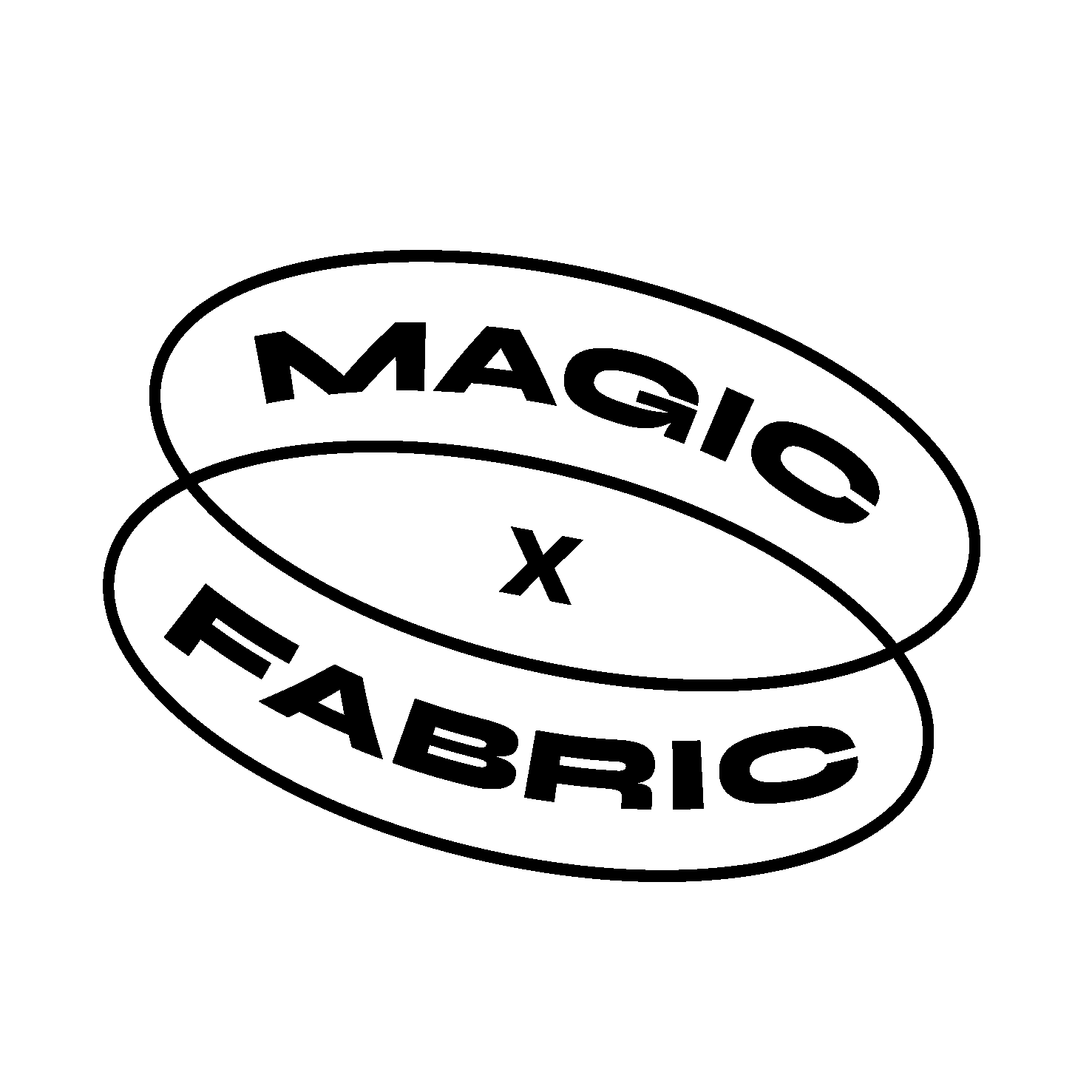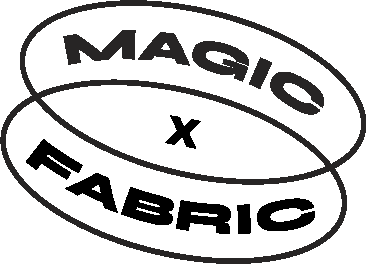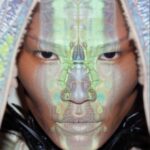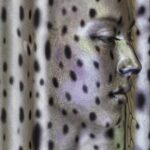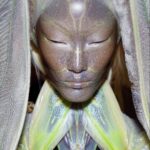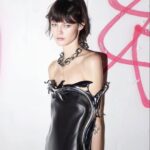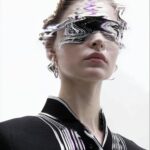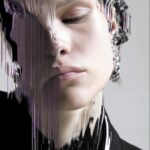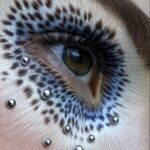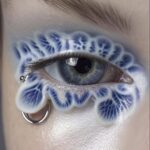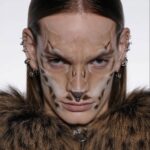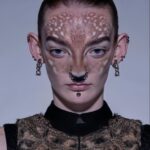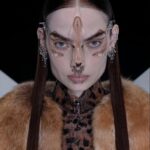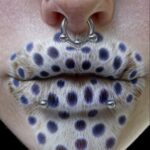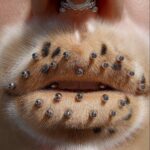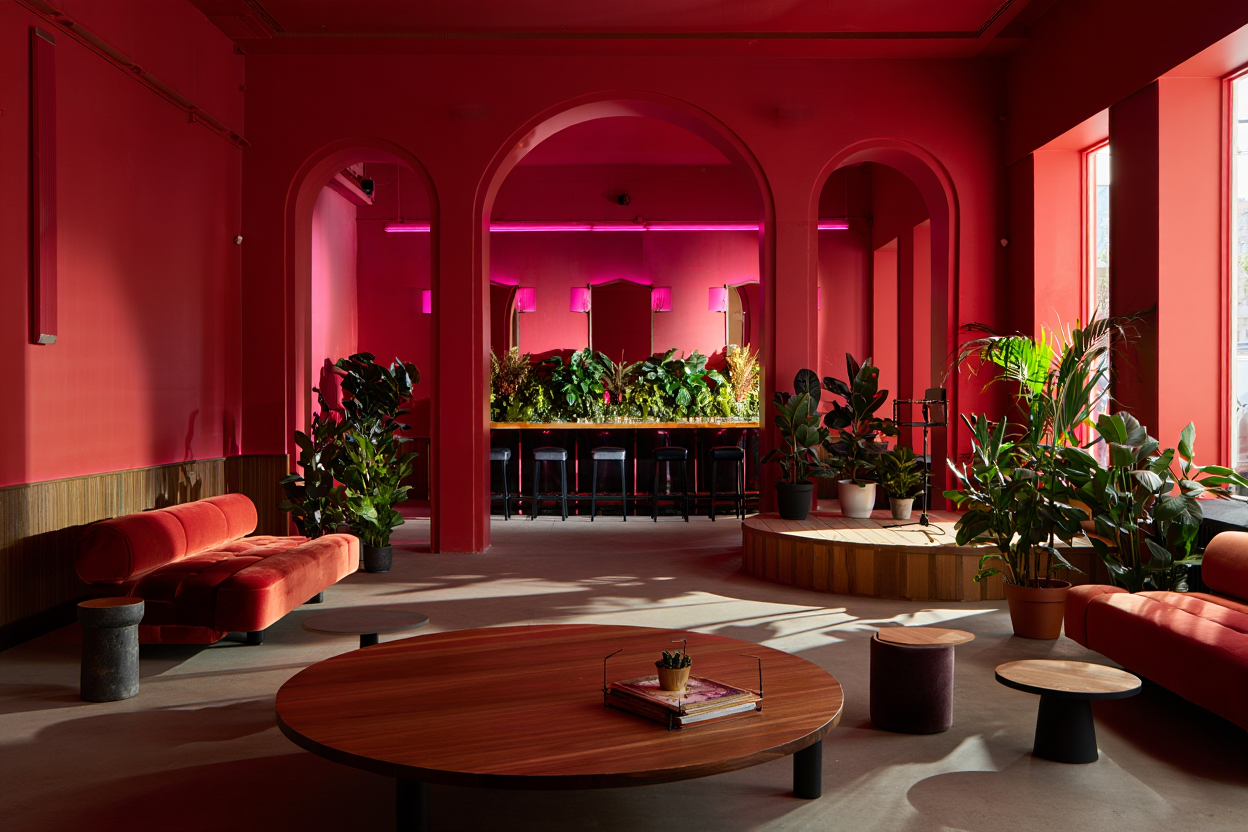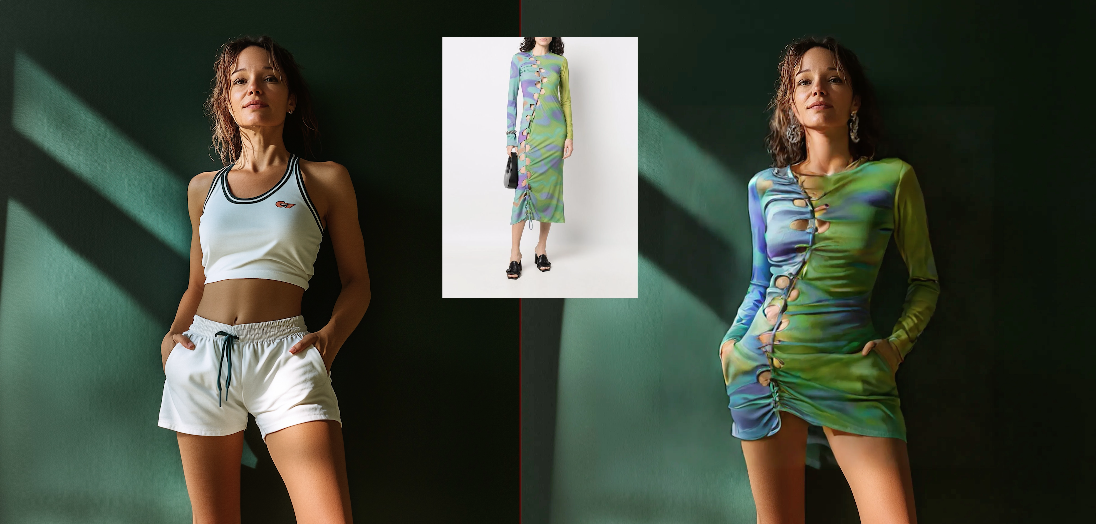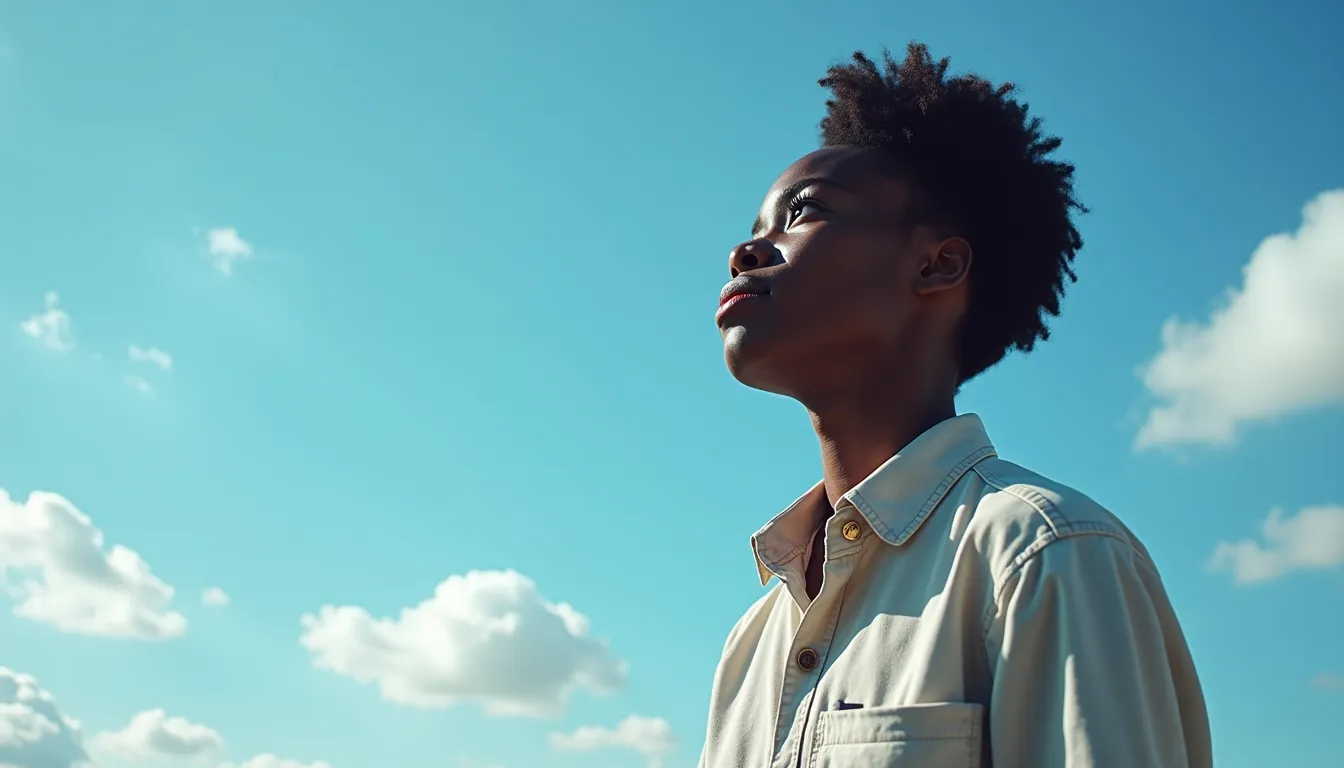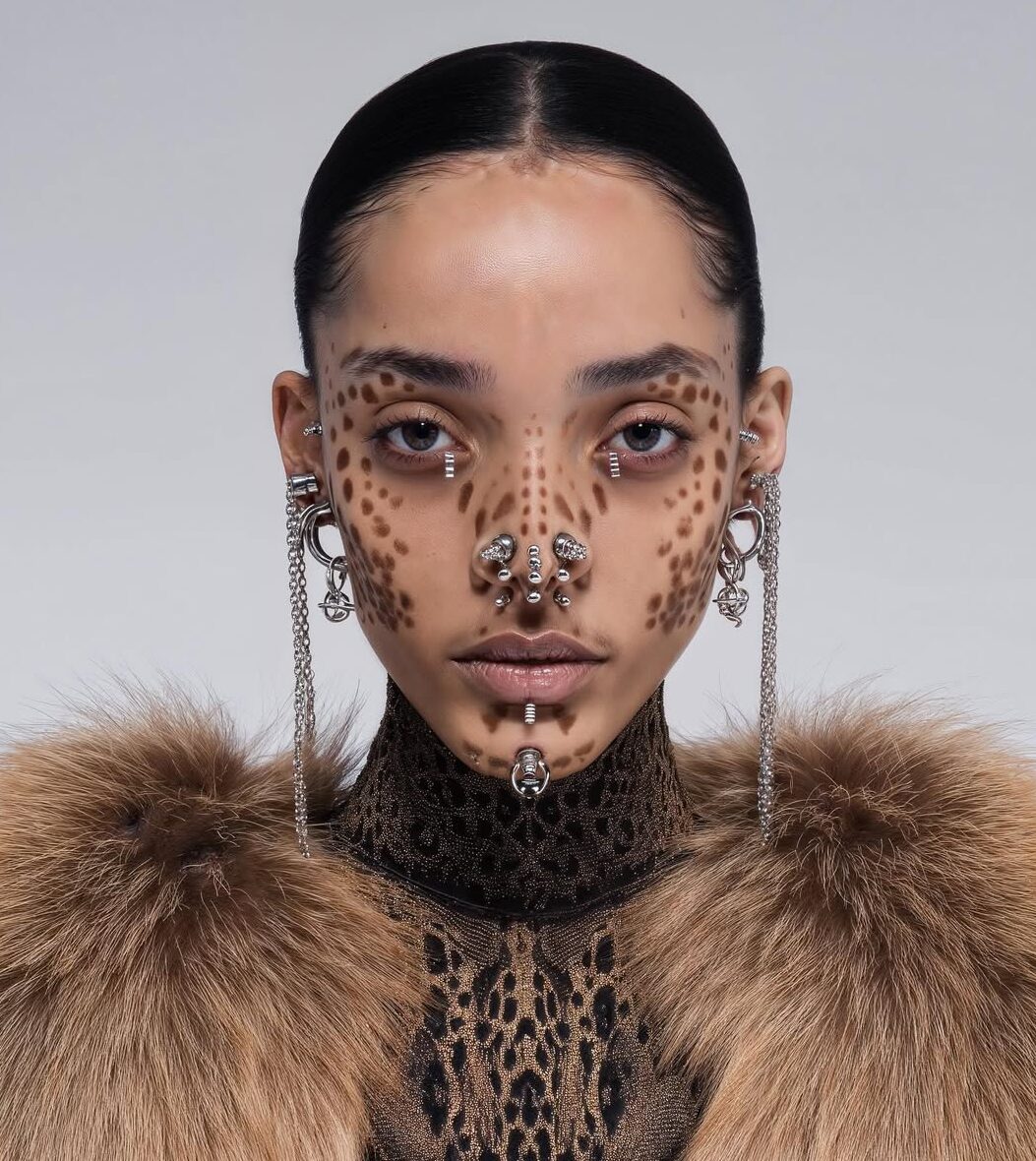
AI Fashion and Why Human Creativity Still Matters
AI tools are everywhere, but real creative impact still comes from taste, context, and a strong point of view. Fashion demands more than just good looking images — it requires a deep understanding of material logic, cultural codes, and visual storytelling. With over a decade of experience spanning casual premium to luxury, Laura Buechner experiments with integrating AI fashion tools into her work process to push creativity forward without losing what makes it meaningful.
– Both when working artistically as well as solving commercial challenges for fashion clients – can you describe how you incorporate AI tools in your workflows today? What tools do you use and for which parts of the process?
– I work in two main modes: experimental and solution-driven. For artistic projects, I often use generative image models like Midjourney and Krea. Each tool brings something unique to the table — that’s why I never rely on just one. My workflows are built around combining different tools depending on what I need: some are better at composition, others at texture or light.
– What aspects of your creative process do you deliberately keep AI-free? Where do you draw the line between AI assistance and human creative direction?
– I love using AI for inspiration, but the final decisions — the visual or conceptual judgment — are always mine. The beginning of a project, where the challenge is defined or the core theme is set, is typically 100% human. The same goes for the end: curation, editing, and making meaning out of material. I believe good design isn’t about generating thousands of options — it’s about reading context, understanding culture, and expressing a point of view. That’s something no model can replace.
– The fashion industry operates with its own visual language, trend cycles, and material considerations. What requirements or challenges have you encountered when applying AI visual tools specifically in fashion contexts?
– Fashion has a very specific technical grammar—fabrics, draping, workmanship techniques, fits. Most models still struggle with precision in these areas. Often, the surface aesthetic is appealing, but the construction details or pattern logic are missing. Trend mismatch is also present. For example, if you ask for “quiet luxury,” many models deliver a generic beige aesthetic without addressing the actual style, silhouettes, or brand nuances. Materials like denim or wool are often misrepresented. This is a real problem when you want to move from concept to execution.
– The fact that so many people now have access to image generators is making social media overflow with low-quality images – so called ‘slop.’ How can creators and small businesses break through all the noise?
– By showing intent, attitude — and taste. Yes, anyone can generate “nice” images now, but there’s often a huge difference between visuals made by someone with a creative background and someone without. What many people call fashion is actually just a too-pretty picture with too-pretty models wearing generic garments — it lacks depth and perspective. Creators with a design or artistic background know how to curate, how to make aesthetic decisions that give work substance and identity. That’s what stands out. I think it’s more important than ever to develop and trust your own visual taste — and to use that as your compass when working with AI. The ability to edit, select, and say no is what makes your output different. I also see potential in hybrid processes: combining AI imagery with hand sketches, physical gestures, textile swatches. That friction between mediums can create something much more human, and much more memorable.
What do you say to people who are upset about the fact that major text-to-image models are built on the work of artists who aren’t compensated for their contributions? And where do you see the topic of IP heading in the future?
– This criticism is partly justified. I find it questionable to generate an image that 100% corresponds to an artist’s style. However, I think that most creative people strive for uniqueness and, precisely for this reason, do not want to generate reproductions. At the same time, we should remember that art history has always been associated with appropriation, remix, and re-contextualisation.
– You are currently teaching about AI to fashion students at Pforzheim University. What is your advice to them for the future? What skills are important for them to learn to prepare them for their future careers?
– Understand the tools, but don’t lose your sensitivity for people, bodies, and stories. The most valuable skills are context-awareness, critical thinking, and visual storytelling. Yes, it’s useful to learn prompt engineering or basic data handling, but none of that replaces your aesthetic intuition. I encourage my students not to just consume tools — but to invent their own workflows.
– Beyond current toolsets, which emerging AI technologies do you see having a great impact on the fashion industry in the coming years?
– I’m watching the development of AI-powered 3D simulation with great interest — especially around fabric physics, real-time body scan adjustments, or virtual try-ons. Also: generative knitting or textile design could soon be part of smart, on-demand production systems. And autonomous agent systems — imagine a bot that manages merchandising for a microbrand, from budgeting to collection planning — could transform how small fashion teams operate.
– What other digital artists should we keep our eyes on in 2025?
– There are so many creators I admire — not just the well-known ones like Sofia Crespo and dopidooo, but also countless others from the community. I’m especially drawn to work that isn’t just beautiful, but has something strange or unexpected in it. I just love weirdness — it’s what makes a piece memorable and gives it soul.
